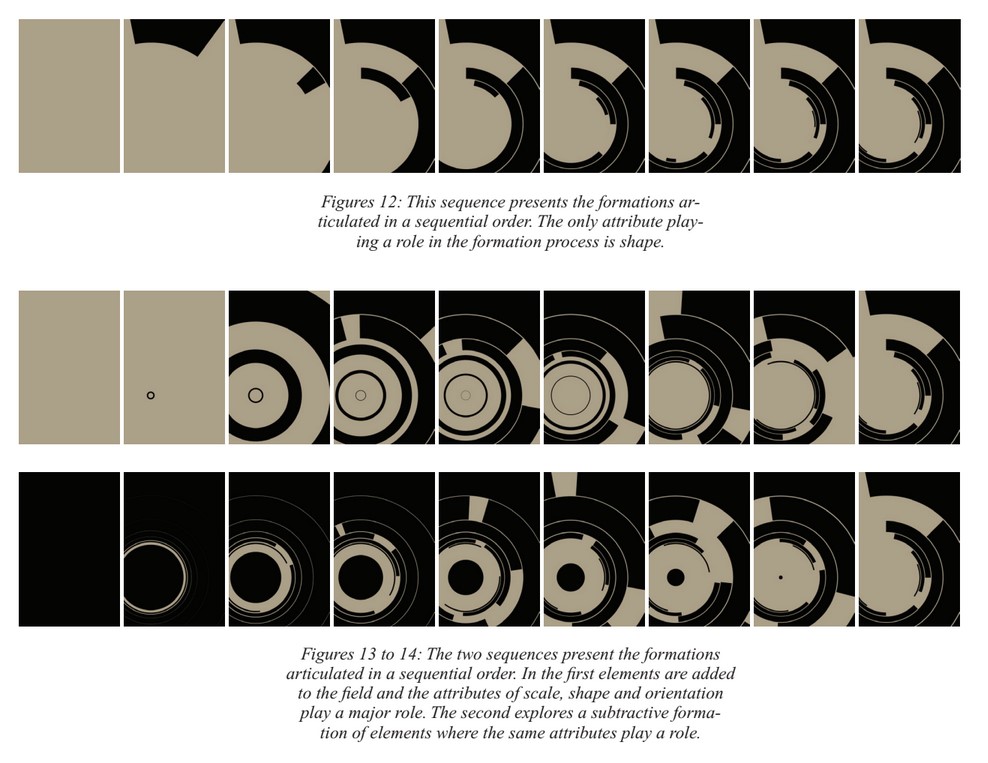“A framework for teaching fundamentals of time-based design” by Meirelles
Conference:
Type(s):
Title:
- A framework for teaching fundamentals of time-based design
Presenter(s)/Author(s):
Abstract:
We live in a world that is socially and culturally media-dependent. Design practice, criticism and education today face new challenges due not only to innovations in technology —affecting both how we produce and how we communicate— but also to new paradigms in media communication.
Designing for a time-based environment is not new. What has changed is that now motion graphics play a vital role in the contemporary practice of designers. Whether developing linear or nonlinear environments, designers face the complexities brought up by the dimension of time and the addition of sonic elements when communicating information.
In resonance with the needs of current design practices, this paper suggests that dynamic visual/aural explorations should have a role in the formative years of undergraduate communication design education. The study of time-based design —theoretical, visual and technical aspects of spatio-temporal means of communicating information — has the potential of expanding cognitive, perceptive, and creative abilities and skills used in the process of solving traditional design problems. Furthermore, the introduction of timebased design at an early stage in the education can broaden students attitudes in experimenting with and deciding which medium and format is most appropriate and effective for a given design problem. The outcome is an education that fosters the understanding of human-centered and context-based information communication, rather than methods centered on object or product development.
My pedagogical model integrates visual literacy with multidimensional and multi-media ways of thinking and exploring communication design problems. I believe that it is not only possible but desirable to incorporate both schools of thought in the creative process of solving design problems.
The goal of this paper is to discuss —and ultimately to suggest— the relevance of investigating the fundamentals of dynamic visual language as a means of teaching and learning how to create visual forms in a dynamic medium. I believe that time-based projects — whether for communicating information or for artistic expressive purposes— rely on the understanding and exploration of the core principles of dynamic formations. It is my hope that the fundamentals proposed here will generate discussion.
The paper is structured in five sections. It starts with an overview of time-based design and the reasons for examining it as a system. The second section describes a proposal for fundamentals of dynamic visual formations. The third section presents an example of how to systematically explore the fundamentals from simple to complex elements. It is followed by a case study which explores the relationships between micro and macro structures in the creation of time-based projects. It concludes with an assessment of the proposed process in relation to student work.
Acknowledgements:
The paper presents research which is part of a larger investigation on the fundamentals of dynamic visual language and its applications in linear and non-linear time-based design projects. I would like to thank my colleagues John Kane and Nina Pattek for their continued insight and support. Finally, I would like to thank my former and present students for the dedication in the classroom activities and for the permission to show work in the presentation.




